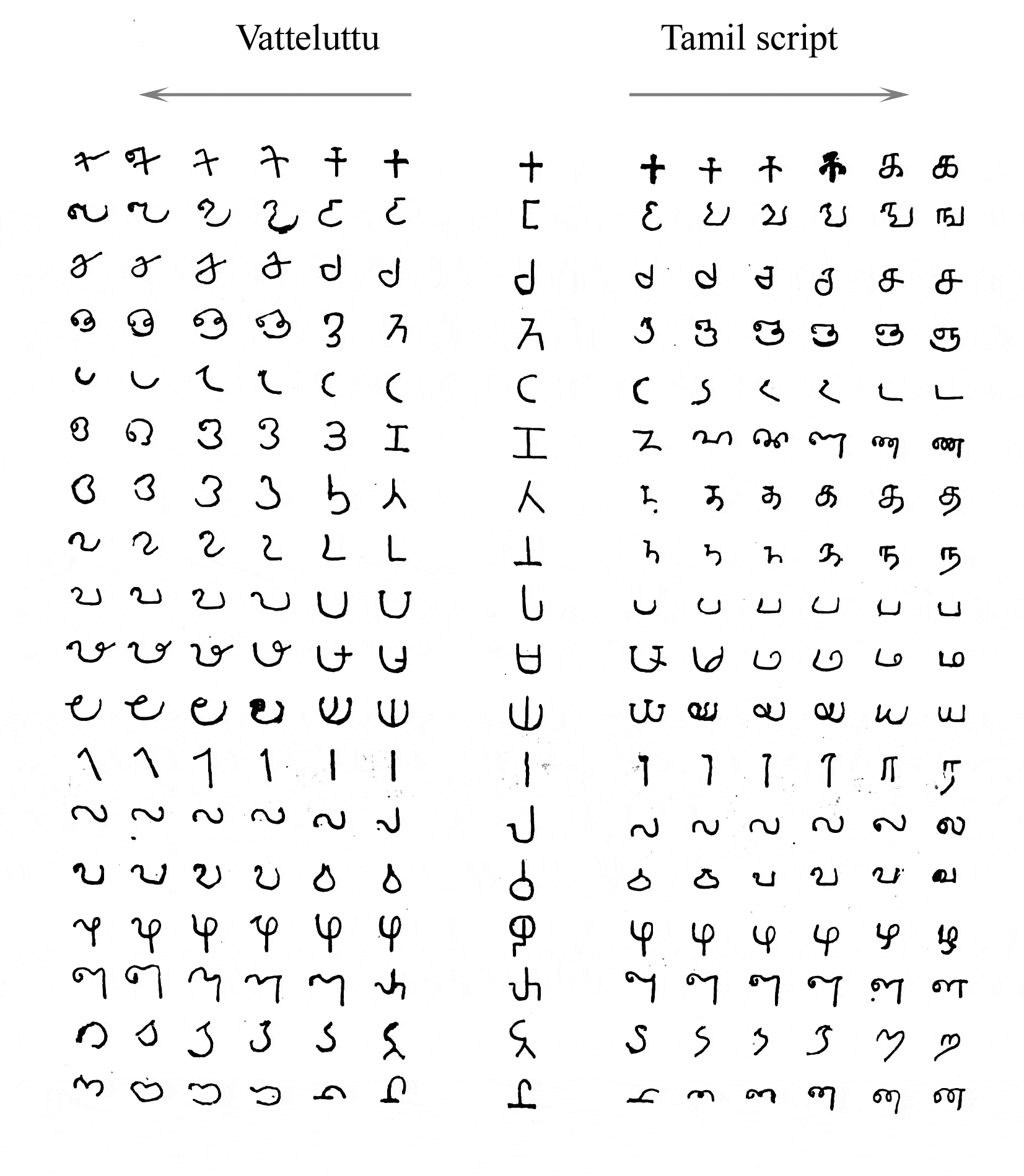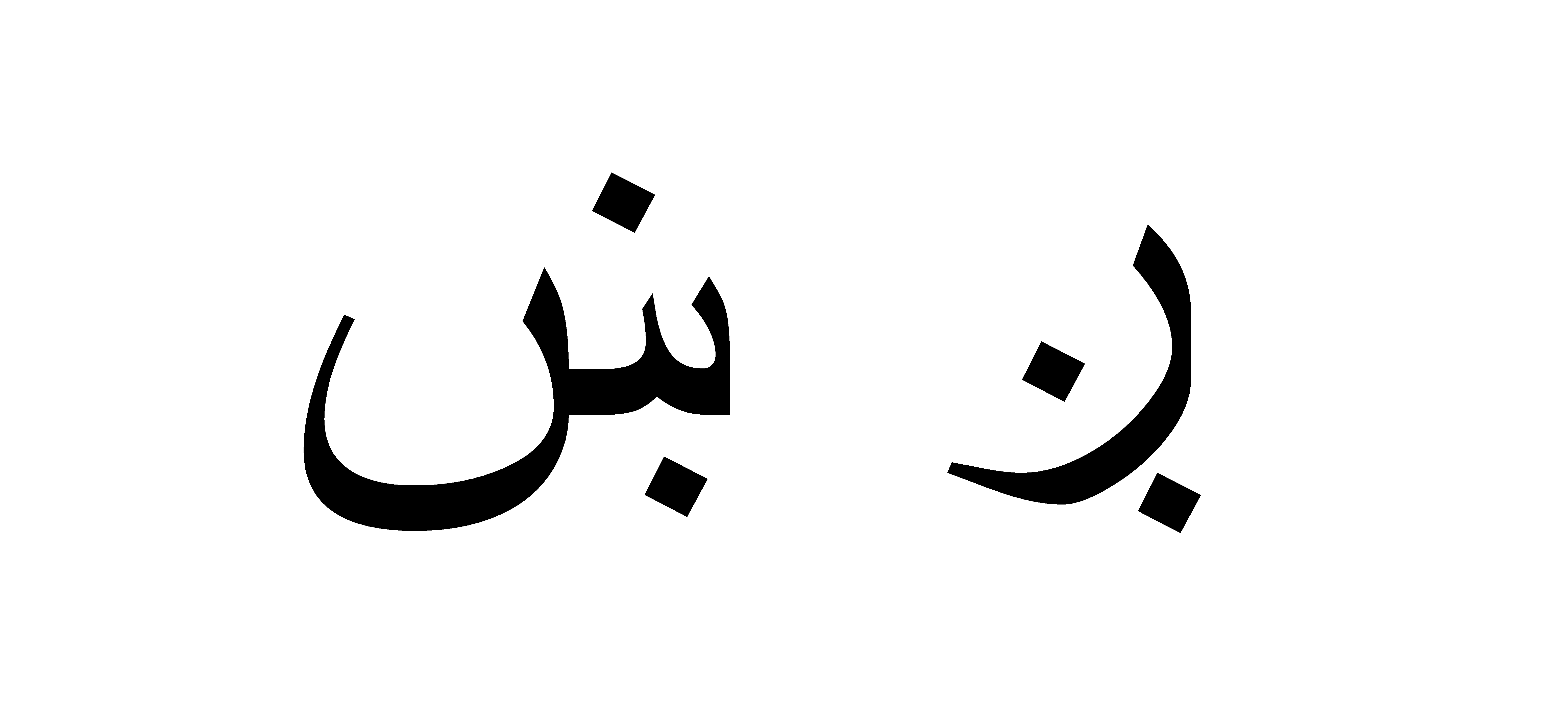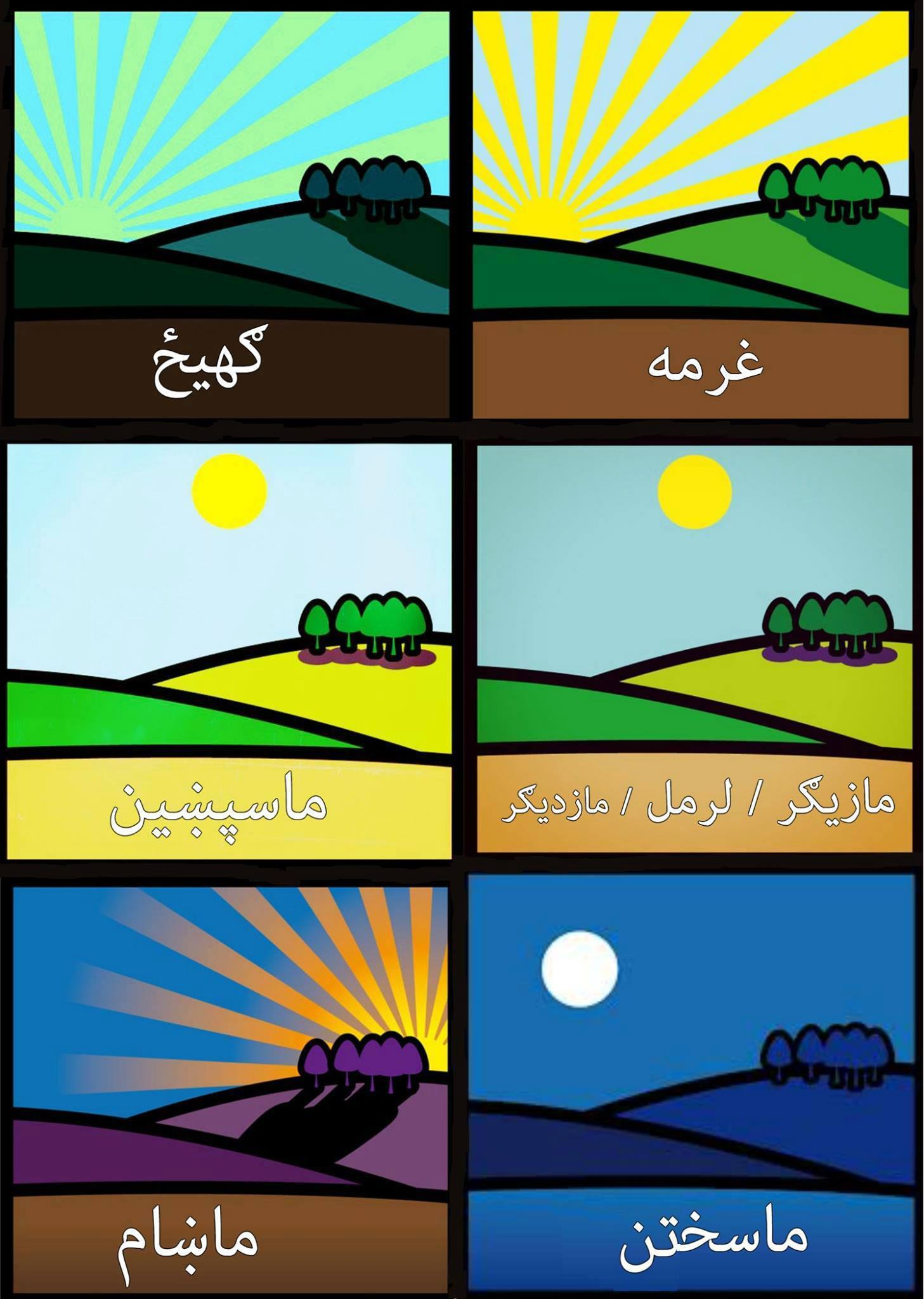|
Retroflex Lateral Flap
The voiced retroflex lateral flap is a type of consonantal sound, used in some spoken languages. The "implicit" symbol in the International Phonetic Alphabet is .The substitution may be used when cannot be displayed properly. The two are not canonically equivalent in Unicode. The sound may also be transcribed as a short , or with the retired IPA dot diacritic, . Features Features of the voiced retroflex lateral flap: Occurrence A retroflex lateral flap has been reported from various languages of Sulawesi such as the Sangiric languages, Buol and Totoli, as well as Nambikwara in Brazil (plain and laryngealized), Gaagudju in Australia, Purépecha and Western Rarámuri in Mexico, Moro in Sudan, O'odham and Mohawk in the United States, Chaga in Tanzania, and Kanuri in Nigeria. Various Dravidian and Indo-Aryan languages of Indian subcontinent are reported to have a retroflex lateral flap, either phonemically or phonetically, including Gujarati, Konkani, M ... [...More Info...] [...Related Items...] OR: [Wikipedia] [Google] [Baidu] |
Consonant
In articulatory phonetics, a consonant is a speech sound that is articulated with complete or partial closure of the vocal tract, except for the h sound, which is pronounced without any stricture in the vocal tract. Examples are and [b], pronounced with the lips; and [d], pronounced with the front of the tongue; and [g], pronounced with the back of the tongue; , pronounced throughout the vocal tract; , [v], , and [z] pronounced by forcing air through a narrow channel (fricatives); and and , which have air flowing through the nose (nasal consonant, nasals). Most consonants are Pulmonic consonant, pulmonic, using air pressure from the lungs to generate a sound. Very few natural languages are non-pulmonic, making use of Ejective consonant, ejectives, Implosive consonant, implosives, and Click consonant, clicks. Contrasting with consonants are vowels. Since the number of speech sounds in the world's languages is much greater than the number of letters in any one alphabet, Linguis ... [...More Info...] [...Related Items...] OR: [Wikipedia] [Google] [Baidu] |
Tarama Language
The Tarama language is a Japonic language spoken on the islands of Tarama and nearly depopulated Minna, two of the Miyako Islands of Japan. It is closely related to Miyakoan, but intelligibility is low. Currently, is only spoken natively by elderly people. Phonology Vowels Tarama has four main vowels, and three marginal vowels found in a restricted set of words. is between voiceless consonants, otherwise after plosives, and elsewhere: : 'person', 'yellow', 'right' See also Miyakoan language#Vowels, for information on the close central vowel. The sequences , , , do not occur. They have changed to , , and (). Consonants Tarama does have voiced stops: The 'l' is a retroflex lateral flap, also found in the Irabu language (Jarosz p. 43). occur as syllable coda A syllable is a basic unit of organization within a sequence of speech sounds, such as within a word, typically defined by linguists as a ''nucleus'' (most often a vowel) with optional sounds bef ... [...More Info...] [...Related Items...] OR: [Wikipedia] [Google] [Baidu] |
Telugu Language
Telugu (; , ) is a Dravidian languages, Dravidian language native to the Indian states of Andhra Pradesh and Telangana, where it is also the official language. Spoken by about 96 million people (2022), Telugu is the most widely spoken member of the Dravidian language family, and one of the twenty-two Languages with legal status in India, scheduled languages of the Republic of India. It is one of the few languages that has primary official status in more than one States and union territories of India, Indian state, alongside Hindi and Bengali language, Bengali. Telugu is one of the languages designated as a Classical Languages of India, classical language by the Government of India. It is the 14th most spoken native language in the world.Statistics in Modern Standard Telugu is based on the dialect of erstwhile Krishna, Guntur, East Godavari and ... [...More Info...] [...Related Items...] OR: [Wikipedia] [Google] [Baidu] |
Tamil Phonology
Tamil phonology is characterised by the presence of "true-subapical" retroflex consonants and multiple rhotic consonants. Its script does not distinguish between voiced and unvoiced consonants; phonetically, voice is assigned depending on a consonant's position in a word, voiced intervocalically and after nasals except when geminated. Tamil phonology permits few consonant clusters, which can never be word initial. Vowels The vowels are called ' ('life letter'). The vowels are classified into short and long (five of each type) and two diphthongs. The long (''netil'') vowels are about twice as long as the short (''kuṟil'') vowels. The diphthongs are usually pronounced about 1.5 times as long as the short vowels, though most grammatical texts place them with the long vowels. Tamil has two diphthongs: and , the latter of which is restricted to a few lexical items. Some like Krishnamurti consider the diphthongs as clusters of /a/ + /j, ʋ/ as they pattern with other ... [...More Info...] [...Related Items...] OR: [Wikipedia] [Google] [Baidu] |
Tamil Alphabet
The Tamil script ( ) is an abugida script that is used by Tamils and Tamil speakers in India, Sri Lanka, Malaysia, Singapore and elsewhere to write the Tamil language. It is one of the official scripts of the Indian Republic. Certain minority languages such as Saurashtra, Badaga, Irula and Paniya are also written in the Tamil script. Characteristics The Tamil script has 12 vowels (, , "soul-letters"), 18 consonants (, , "body-letters") and one special character, the (, ). is called "அக்கு", ''akku,'' and is classified in Tamil orthography as being neither a consonant nor a vowel. However, it is listed at the end of the vowel set. The script is syllabic, not alphabetic, and is written from left to right. History The Tamil script, like the other Brahmic scripts, is thought to have evolved from the original Brahmi script. The earliest inscriptions which are accepted examples of Tamil writing date to the Ashokan period. The script used by such inscriptions ... [...More Info...] [...Related Items...] OR: [Wikipedia] [Google] [Baidu] |
Tamil Language
Tamil (, , , also written as ''Tamizhil'' according to linguistic pronunciation) is a Dravidian language natively spoken by the Tamil people of South Asia. It is one of the longest-surviving classical languages in the world,. "Tamil is one of the two longest-surviving classical languages in India" (p. 7). attested since 300 BC, 300 BCE.: "...the most acceptable periodisation which has so far been suggested for the development of Tamil writing seems to me to be that of A Chidambaranatha Chettiar (1907–1967): 1. Sangam Literature – 200BC to AD 200; 2. Post Sangam literature – AD 200 – AD 600; 3. Early Medieval literature – AD 600 to AD 1200; 4. Later Medieval literature – AD 1200 to AD 1800; 5. Pre-Modern literature – AD 1800 to 1900" at p. 610 Tamil was the lingua franca for early maritime traders in South India, with Tamil inscriptions found outside of the Indian subcontinent, such as Indonesia, Thailand, and Egypt. The language has a well-documented history wit ... [...More Info...] [...Related Items...] OR: [Wikipedia] [Google] [Baidu] |
Swedish Language
Swedish ( ) is a North Germanic languages, North Germanic language from the Indo-European languages, Indo-European language family, spoken predominantly in Sweden and parts of Finland. It has at least 10 million native speakers, making it the Germanic_languages#Statistics, fourth most spoken Germanic language, and the first among its type in the Nordic countries overall. Swedish, like the other North Germanic languages, Nordic languages, is a descendant of Old Norse, the common language of the Germanic peoples living in Scandinavia during the Viking Age. It is largely mutually intelligible with Norwegian language, Norwegian and Danish language, Danish, although the degree of mutual intelligibility is dependent on the dialect and accent of the speaker. Standard Swedish, spoken by most Swedes, is the national language that evolved from the Central Swedish dialects in the 19th century, and was well established by the beginning of the 20th century. While distinct regional Variety ( ... [...More Info...] [...Related Items...] OR: [Wikipedia] [Google] [Baidu] |
Pashto Alphabet
The Pashto alphabet () is the right-to-left script, right-to-left abjad-based alphabet developed from the Persian alphabet, Perso-Arabic script, used for the Pashto, Pashto language in Pakistan and Afghanistan. It originated in the 16th century through the works of Pir Roshan. Form Pashto is written in the Arabic Naskh (script), Naskh. Pashto uses all 28 letters of the Arabic alphabet, and shares 3 letters (, , and ) with Persian alphabet, Persian in the additional letters. Differences from Persian alphabet Pashto has several letters which do not appear in the Persian alphabet, which are shown in the table below: All the additional characters are derived from existing Arabic letters by adding diacritics; for example, the consonants ''x̌īn/ṣ̌īn'' and ''ǵe/ẓ̌e'' look like Arabic's ''sīn'' and ''re'' respectively with a dot above and beneath. Similarly, the letters representing retroflex consonants are written with a small circle (known as a "panḍak", "ğaṛw ... [...More Info...] [...Related Items...] OR: [Wikipedia] [Google] [Baidu] |
Pashto Language
Pashto ( , ; , ) is an eastern Iranian language in the Indo-European language family, natively spoken in northwestern Pakistan and southern and eastern Afghanistan. It has official status in Afghanistan and the Pakistani province of Khyber Pakhtunkhwa. It is known in historical Persian literature as Afghani (). Spoken as a native language mostly by ethnic Pashtuns, it is one of the two official languages of Afghanistan alongside Dari, Constitution of Afghanistan �''Chapter 1 The State, Article 16 (Languages) and Article 20 (Anthem)''/ref> and it is the second-largest provincial language of Pakistan, spoken mainly in Khyber Pakhtunkhwa and the northern districts of Balochistan. Likewise, it is the primary language of the Pashtun diaspora around the world. The total number of Pashto-speakers is at least 40 million, (40 million) although some estimates place it as high as 60 million. Pashto is "one of the primary markers of ethnic identity" amongst Pashtuns. Geograph ... [...More Info...] [...Related Items...] OR: [Wikipedia] [Google] [Baidu] |
Norwegian Phonology
The sound system of Norwegian resembles that of Swedish. There is considerable variation among the dialects, and all pronunciations are considered by official policy to be equally correct – there is no official spoken standard, although it can be said that ''Eastern Norwegian'' Bokmål speech (not Norwegian Bokmål in general) has an unofficial spoken standard, called Urban East Norwegian or Standard East Norwegian (), loosely based on the speech of the literate classes of the Oslo area. This variant is the most common one taught to foreign students. There is no official standard variety of Norwegian, and local dialects are used extensively in spoken and visual media. Unless noted otherwise, this article describes the phonology of Urban East Norwegian. The spelling is always Bokmål. Consonants * are laminal , either alveolar or denti-alveolar . * are aspirated fully voiceless , whereas are unaspirated, either fully voiceless or partially voiced . After within ... [...More Info...] [...Related Items...] OR: [Wikipedia] [Google] [Baidu] |
Norwegian Alphabet
The Danish and Norwegian alphabet is the set of symbols, forming a variant of the Latin alphabet, used for writing the Danish and Norwegian languages. It has consisted of the following 29 letters since 1917 (Norwegian) and 1948 (Danish): The letters , , , and are not used in the spelling of indigenous words. They are rarely used in Norwegian, where loan words routinely have their orthography adapted to the native sound system. Conversely, Danish has a greater tendency to preserve loan words' original spellings. In particular, a that represents is almost never normalized to in Danish, as would most often happen in Norwegian. Many words originally derived from Latin roots retain in their Danish spelling, for example Norwegian vs Danish . The "foreign" letters also sometimes appear in the spelling of otherwise-indigenous family names. For example, many of the Danish families that use the surname (meaning 'forest') spell it . The difference between the Dano-Norwegian and ... [...More Info...] [...Related Items...] OR: [Wikipedia] [Google] [Baidu] |




